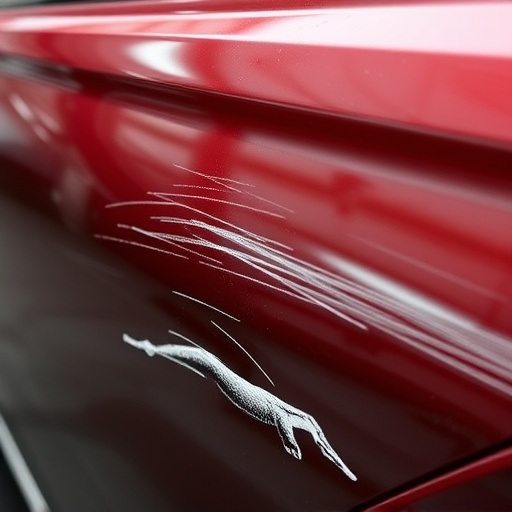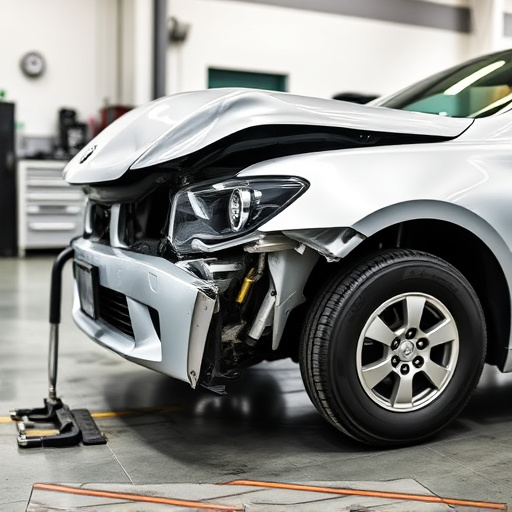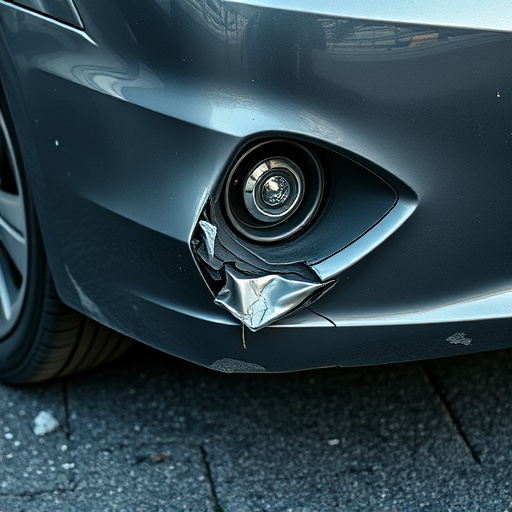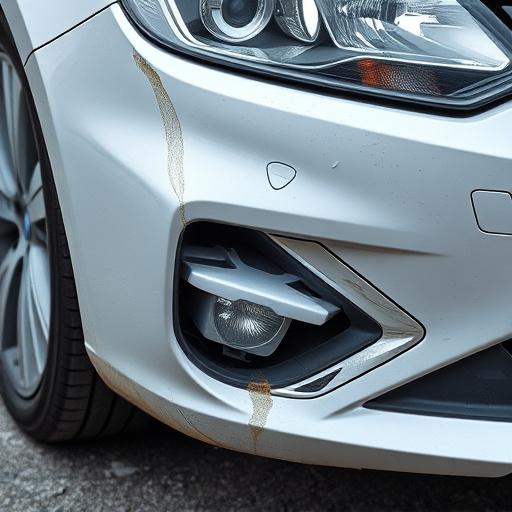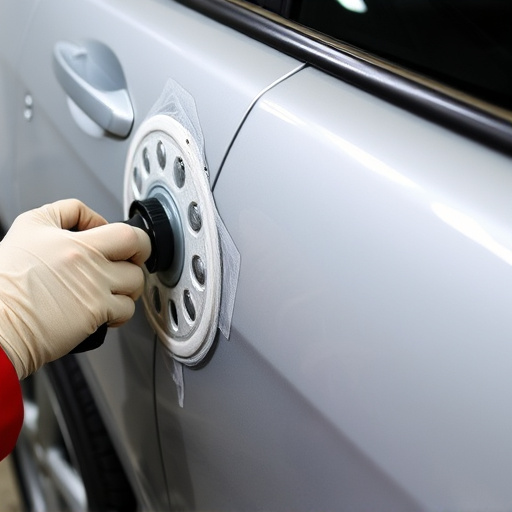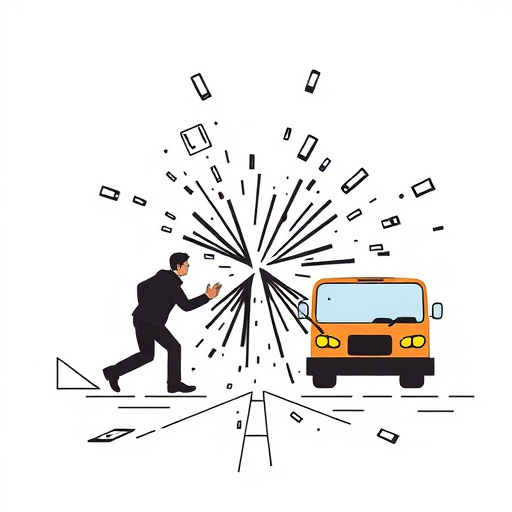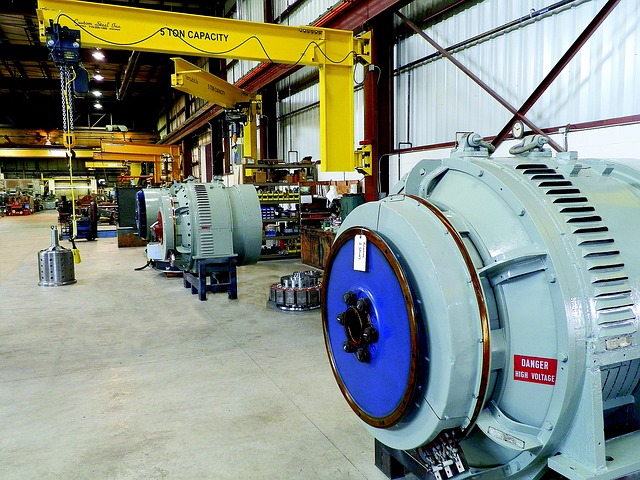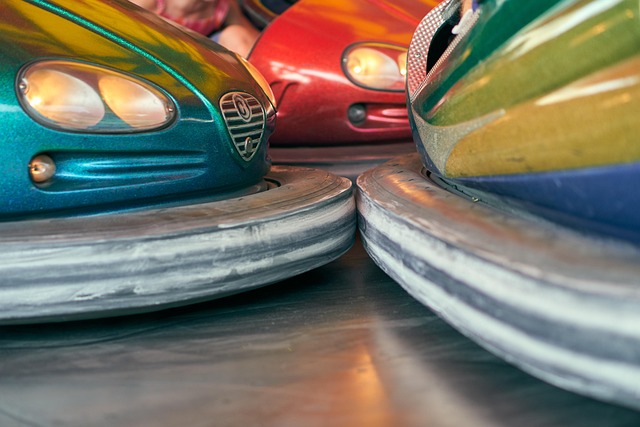Thorough drying is crucial in flood damaged vehicle repair to prevent long-term issues like mold, rust, and structural weaknesses. Inadequate drying leads to visible problems like mismatched paint jobs and hidden water damage. Skilled technicians prioritize drying and decontamination to ensure seamless repairs and avoid future complications. Close inspection reveals water marks and stains, indicating subpar repairs.
When a vehicle endures flooding, proper drying and expert repair are crucial for its longevity. However, some repair shops may cut corners, leading to subpar results. This article guides you through identifying poorly executed flood-damaged vehicle repair work. Look out for signs of inadequate drying techniques, such as visible moisture. Examine the paint job for unmatchable color consistency and visible water mark remnants. These indicators reveal a job left incomplete or performed hastily, emphasizing the importance of thoroughness in restoration efforts for your peace of mind on the road.
- Signs of Inadequate Drying Techniques
- Unmatchable Paint Job and Color Consistency
- Visible Water Marks and Stain Remnants
Signs of Inadequate Drying Techniques
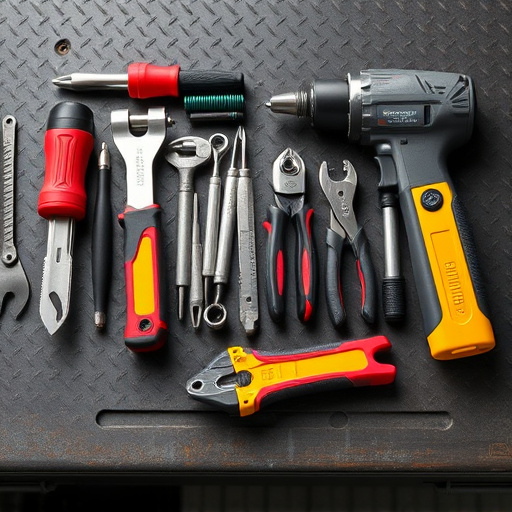
One of the critical aspects of flood damaged vehicle repair is ensuring thorough drying before any restoration work begins. Inadequate drying can lead to various issues that compromise the structural integrity and overall quality of the repair. Signs of poor drying techniques include visible moisture patches on the car’s interior surfaces, especially around doors, windows, and trunk areas. These wet spots may indicate that the vehicle was not properly dewatered after initial flooding, which can result in mold growth, rust, and weakened bodywork.
Furthermore, substandard drying methods can manifest as persistent odors inside the vehicle, such as musty or mildew-like smells. In some cases, water damage might extend beyond what’s immediately visible, affecting components like electrical systems and insulation. Unscrupulous repair shops may skip this crucial step to expedite repairs, but using accelerated drying techniques without proper care can lead to long-term problems, including structural deformities in the car body, such as warped doors or misaligned panels, which might require additional services like vehicle dent repair or scratch repair to address.
Unmatchable Paint Job and Color Consistency
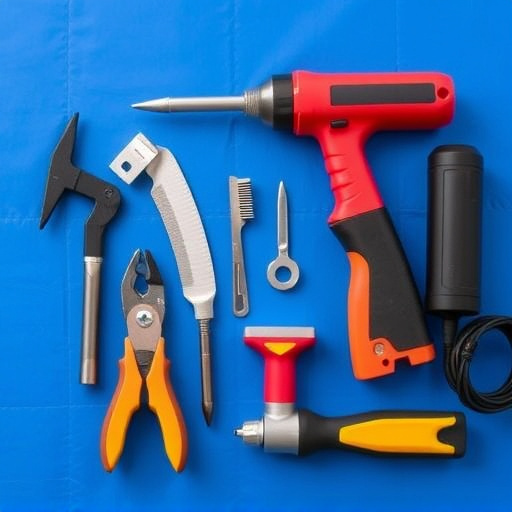
One of the most telling signs of subpar flood-damaged vehicle repair is an unmatchable paint job and color inconsistency. When a car has been through water, it’s crucial that repairs involve not just fixing structural damage but also ensuring the paintwork matches the original factory finish perfectly. If you notice uneven color shades or visible differences in gloss and texture between old and new paint areas, it could indicate that the repair work was rushed or done by someone unfamiliar with vehicle body repair techniques.
Professional vehicle repair services understand that achieving a seamless blend requires skill and precision. They use specialized equipment and expertise to match not just the color but also the clear coat and base coat precisely. In contrast, hasty repairs might leave behind telltale signs of mismatched colors or areas where the paint doesn’t quite lay flat against the vehicle body—red flags that suggest the car may have been worked on by individuals lacking proper training in car bodywork.
Visible Water Marks and Stain Remnants
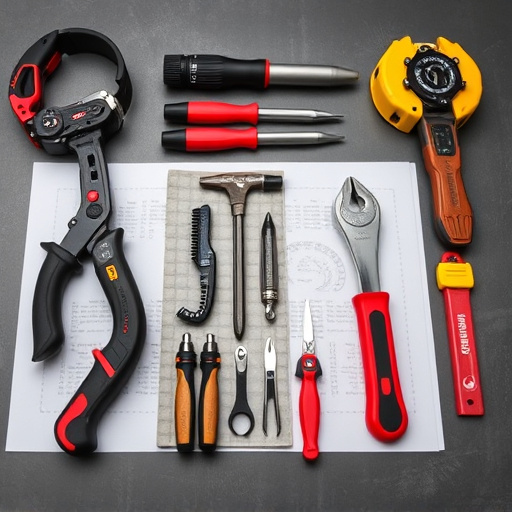
When evaluating flood damaged vehicle repair work, one of the most immediate indicators of poor execution is the presence of visible water marks and stain remnants. These can be a telltale sign that the car was not properly dried or treated after being submerged in water. Water stains often appear as discolored spots on the paintwork, interior fabrics, and even underbody components. In some cases, these marks may have been attempts to cover up existing damage from mold or corrosion, further complicating the repair process.
During auto repair services, especially for car body repair or car scratch repair, skilled technicians understand the importance of thorough drying and decontamination. Unaddressed moisture can lead to a range of issues over time, including rust formation, paint blistering, and even the growth of mold within the vehicle’s interior. Therefore, it’s crucial to inspect the car closely for any remnants of water, ensuring that every inch of the vehicle has been properly dried and treated before proceeding with any repair work.
When assessing flood-damaged vehicle repair work, look beyond the surface. Signs of inadequate drying, unmatched paint jobs, and visible water marks can indicate subpar repairs. Remember, a thorough assessment is key to ensuring your vehicle receives the best restoration after a flood. If these issues persist, it may be time to seek a second opinion from a reputable auto body shop specializing in flood damaged vehicle repair to guarantee a job well done.

